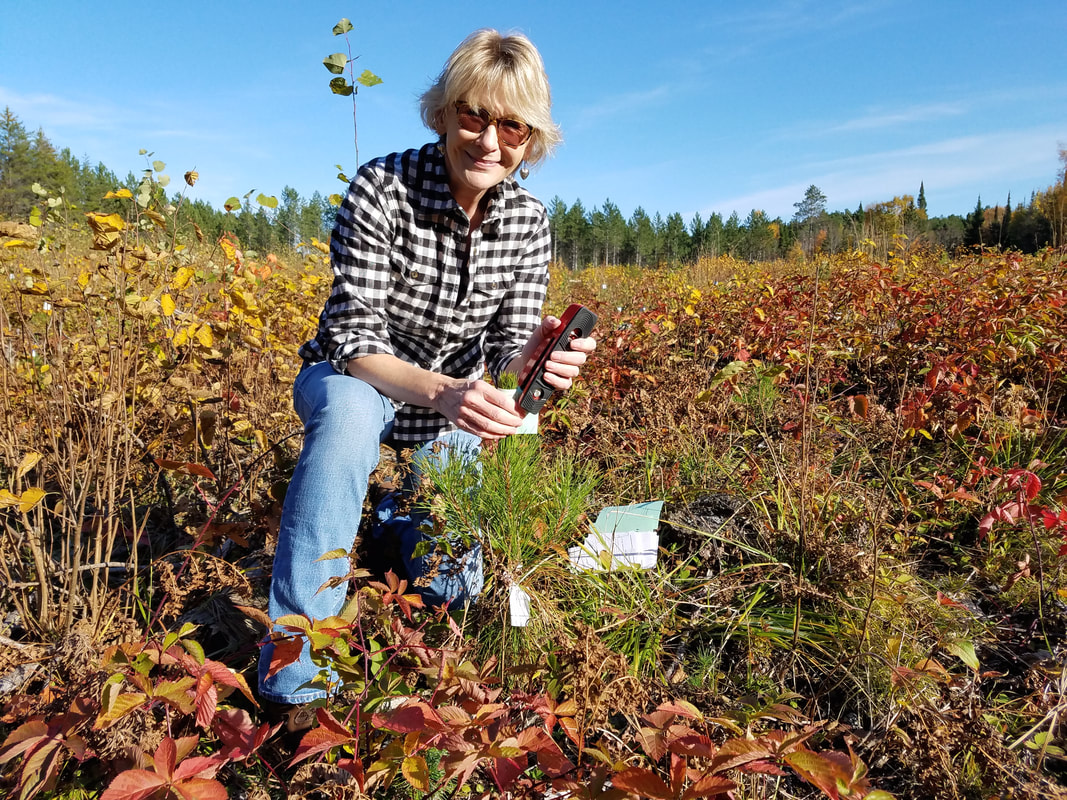 The Cloquet Forestry Center is stapling up the future of our Northern forest one volunteer at a time Our front yard in Carlton County’s Moose Lake township is home to some magnificent white and red pine trees providing shade and beauty. While they have never been officially measured by a forester I’d like to think they are nearing the century mark. Those mighty trees are well out of reach of the generations of deer visiting our yard in search of browse. They pause year after year nibbling on my hostas in search of their favorite snack, pine buds. The region’s next generation of towering pines start with pine buds in need of our protection to discourage deer browsing. One inexpensive method is bud-capping used at the University of Minnesota Cloquet Forestry Center. For more than a century, the Cloquet Forestry Center has contributed to sustainable forest management through research and development of new technologies and methods of establishing, tending, and regenerating northern forests. On a recent brisk, but sunny fall day my friends and I volunteered to spend the afternoon at the center bud-capping in an effort to give a field of pine seedlings a fighting chance at survival. Our guide Rachael Olesiak assists with implementing forest research by applying treatments and collecting data; she also helps with forest management through stand inventory, regeneration and protection. Her other important duties include tours, camps and other education and outreach activities. Rachael led us to a field of pine seedlings and handed us our capping tools which consisted of staplers and a handful of 4” by 6” pieces of paper. The process is pretty simple. The paper is folded in half and stapled around the terminal shoot and bud. Once the terminal shoot is capped the deer will browse the side branches which is not usually detrimental to the health and survival of the young pines. This capping process is done every fall until the tree is at least four feet tall. Following in the footsteps of earlier volunteers, it was impressive to see the growth of the young trees marked by the tattered and worn caps applied last fall. As newly minted, expert bud cappers my friends and I plan to be back next fall to see the progress of our adopted trees on their way to becoming a mighty Minnesota forest. We will never live long enough to walk beneath their canopy...but I’d like to think our grandchildren will do just that.
0 Comments
Leave a Reply. |
AuthorMichelle Lee Archives
November 2022
Categories |




 RSS Feed
RSS Feed